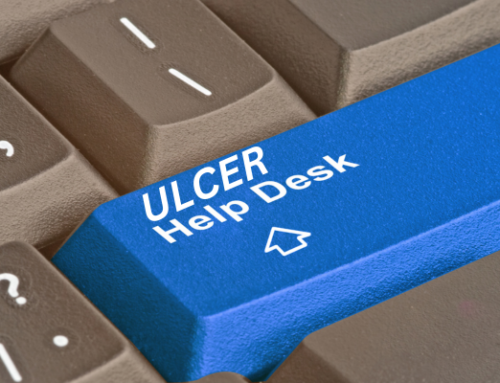Flaws in polyurethane catheters and the battle against central line infections
We found no evidence of benefit or harm associated with miconazole and rifampin-impregnated PICCs compared with standard PICCs for newborn babies. Future research … should focus on other types of antimicrobial impregnation of PICCs and alternative approaches for preventing infection” … Professor Ruth Gilbert, MD, Institute of Child Health, London, UK.
Greg Vigna, MD, JD, national pharmaceutical injury attorney explains, “Unfortunately, this study shows that the pharmaceutical companies that market polyurethane catheters have failed to make them safe since they do nothing to reduce the risk of infection. Adding antibiotics and antifungals don’t reduce the risk because the body reacts to polyurethane fibrin sheath that produces the perfect environment for bacteria to grow. Polyurethane is defective and there are safer materials that reduce bacteria and platelet adhesion to the catheter that reduce infections and blood clots.”
“Nurses and other staff in neonatal ICUs work daily to try to decrease the hospitals central line associated bloodstream infections. It is time to point the finger at the PICC line makers.” — Greg Vigna, MD, JD
What else did Dr. Gilbert report in “Antimicrobial-impregnated central venous catheters for prevention of neonatal bloodstream infection (PREVAIL): an open-label, parallel-group, pragmatic, randomized controlled trail”:
1) “The time from random allocation to first bloodstream or CSF infection was similar between the two groups (Standard PICC vs. Antimicrobial-impregnated PICCs)
2) 46 (11%) of 430 babies in the antimicrobial-impregnated PICC group had one or more bloodstream infection, and … 44 (10%) of 431 babies in the standard PICC group had one or more bloodstream infections
3) We found that miconazole and rifampicin impregnation did not reduce bloodstream infection in newborn babies
4) This result is consistent with findings from a randomized controlled trial in adults”
To read Dr. Gilbert’s article: https://www.thelancet.com/journals/lanchi/article/PIIS2352-4642(19)30114-2/fulltext
Greg Vigna, MD, JD, national pharmaceutical injury attorney explains, “This study supports my position that polyurethane PICC lines are defective because it causes significant inflammation that stimulates the body to produce a fibrin sheath to wall off the polyurethane tubing from the body which is a perfect environment for bacteria to multiply and lead to blood-stream infections and sepsis.”
Dr. Vigna adds, “We know sepsis in very low birthweight babies leads to a four-fold increased risk of cerebral palsy. We know sepsis and septic shock lead to brain damage, multi-organ failure, and amputations in patients of all ages. Polyurethane catheters do nothing to reduce the risk of infection and cause a fibrin-sheath that frequently occludes the catheter and leads to blood infection.”
Dr. Vigna concludes, “Nurses and other staff in neonatal intensive care units work daily to try to decrease the hospitals central line associated bloodstream infections. It is time to point the finger at the PICC line makers. The technology has been available for nearly a decade to reduce bloodstream infections. They have chosen profits over patient safety, and it took a study paid for by the United Kingdom that show their failures. We are investigating bloodstream infections, sepsis, and septic shock from all central lines including PICCs from all device makers including Bard, Cook, and Beckton Dickinson.”
What is sepsis? Multiple organ damage from inflammation as a result of infection that may result in organ damage to the brain, kidney, heart, liver, and lung.
What is septic shock? A life-threatening condition that causes dangerously low blood pressure because of infection that may result in amputations of fingers and toes, brain damage, kidney failure, ventilator dependence, oxygen dependence, and nerve damage.
Dr. Vigna is a California and Washington DC lawyer who represents those with serious injuries cause by defective medical devices including PICC line, midlines, central lines, and MedPorts. He represents the injured with the Ben Martin Law Group, a national pharmaceutical injury law firm in Dallas, Texas. The attorneys are product liability and medical malpractice attorneys, and they represent the most injured across the country.
To learn more: https://vignalawgroup.com/powerport-venous-catheter/
Greg Vigna, MD, JD
Vigna Law Group
+1 800-761-9206
email us here
Visit us on social media:
Facebook
Twitter
LinkedIn




